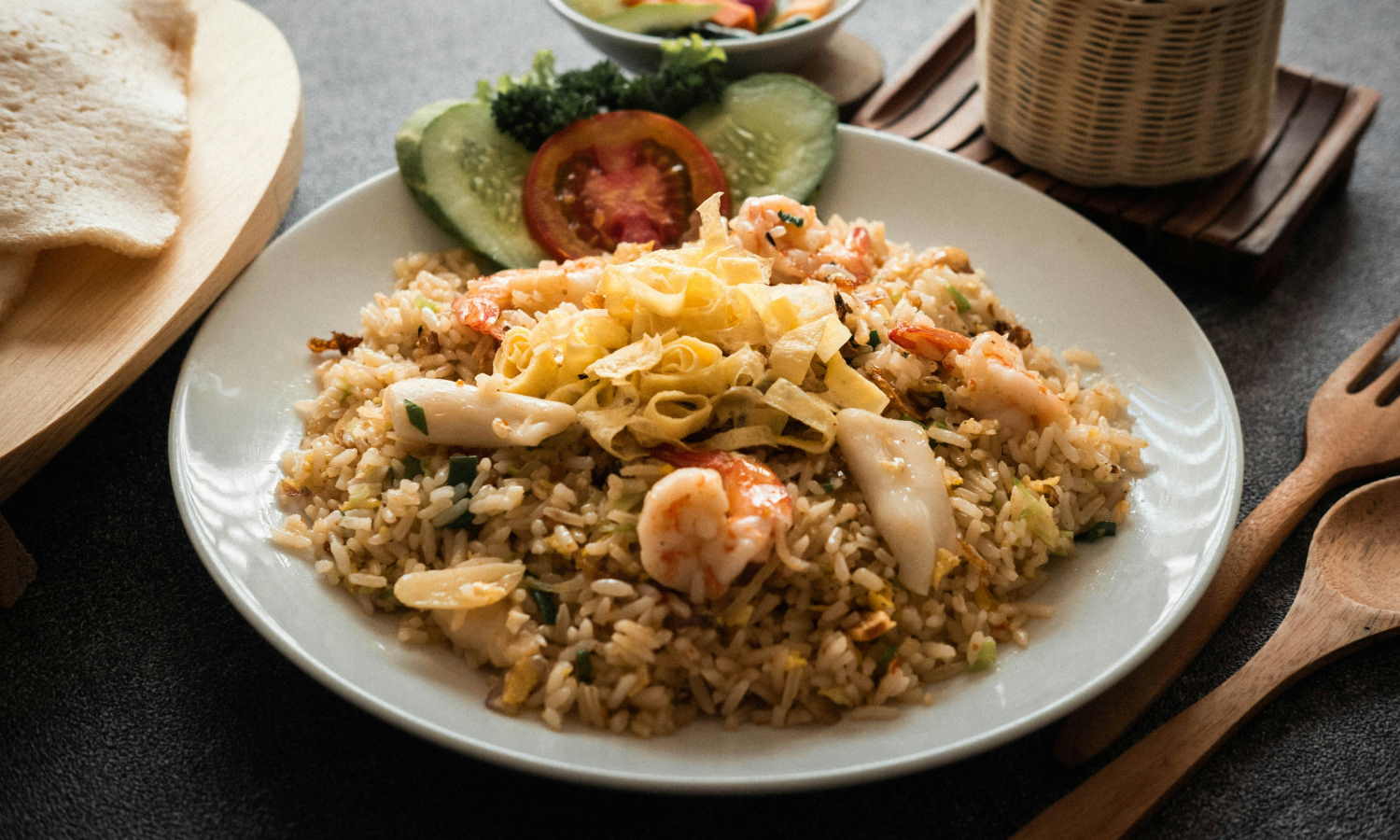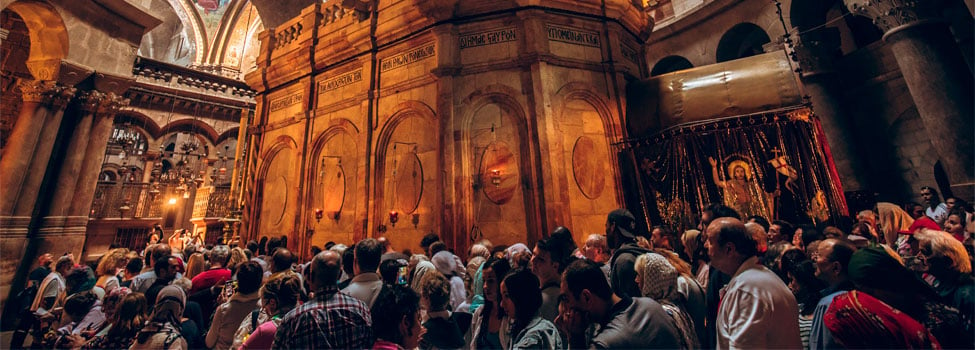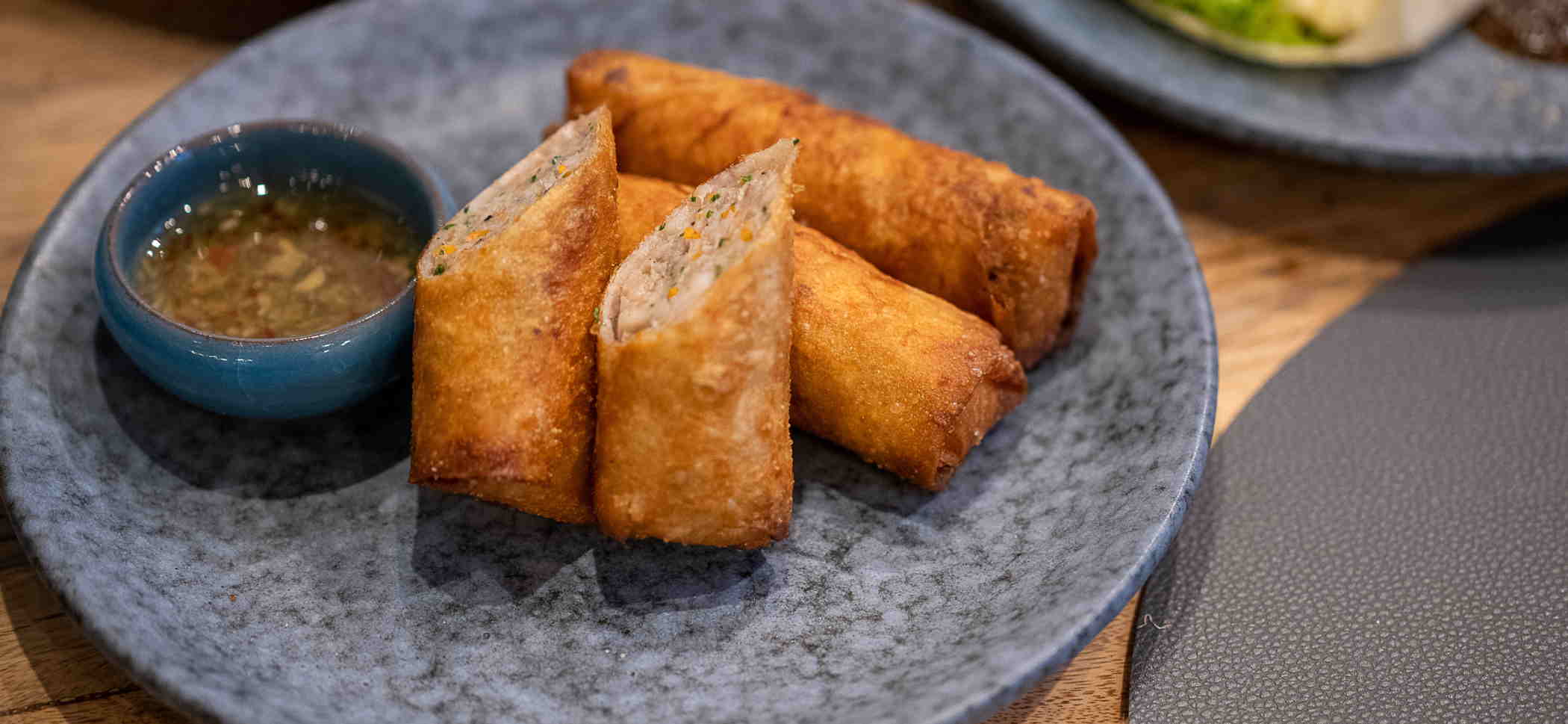Talking about the rainy season in the Philippines can be a very mixed subject for both locals and tourists visiting this country of numerous adventures. Although a lot of people celebrate the start of the rainy season in the Philippines since this means that they don’t have to suffer through the extreme summer heat anymore, the other side of the argument will say something along the lines of ‘this is the time of the year when the other rivers of Manila appear’.
Jokes aside, the monsoon season, which goes from early June to late October, should not be a major roadblock for you, especially if you’re eager to see everything that the country has to offer. With a bit of preparation and precautions, you can turn this challenge into a mere pebble that you can easily walk over.
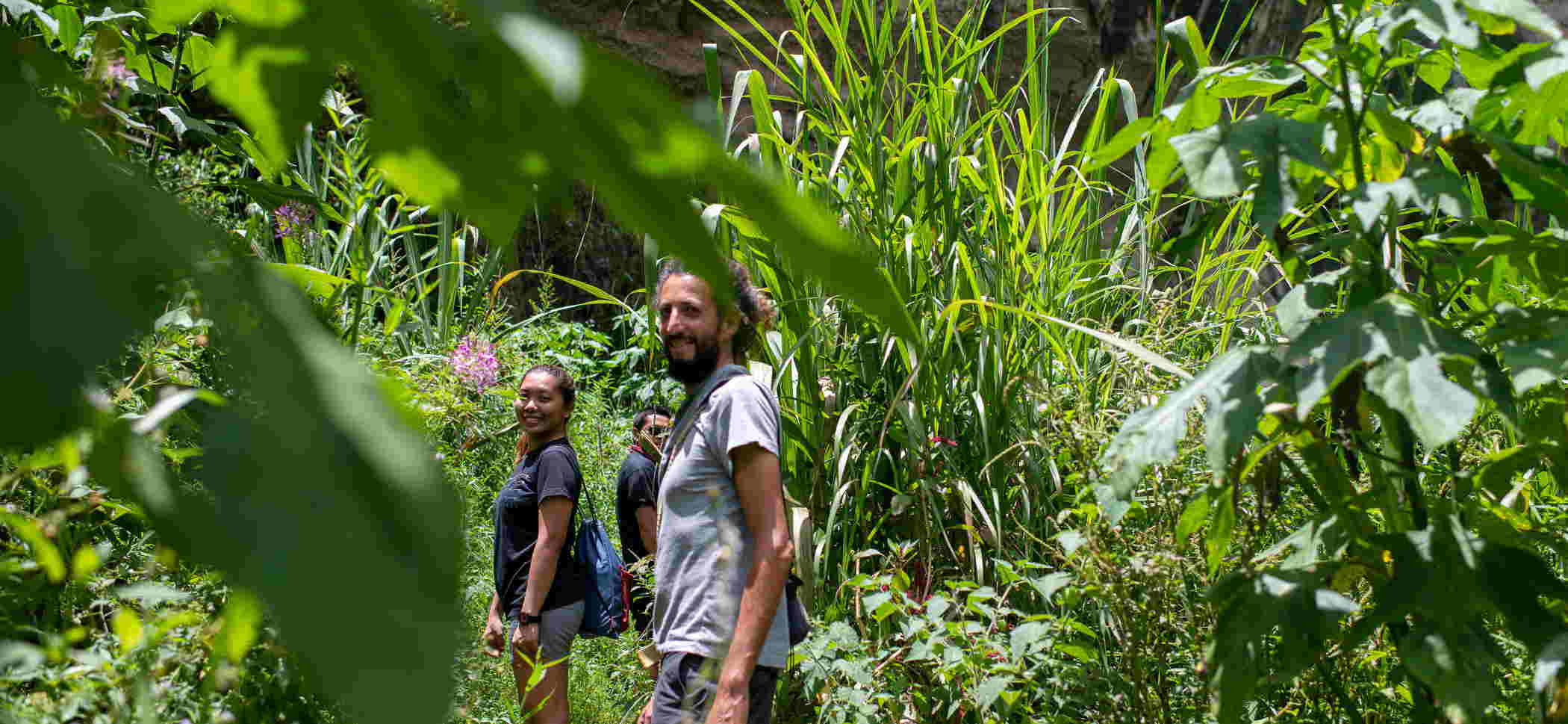
Bring a power bank
While most hotels and hostels have a backup generator that they can use to make sure that their tenants aren’t left in the dark during a power outage, it would still be a good idea for you to bring a fully charged power bank with you at all times in case of problems. Although rare, generators can fail without warning and even with proper and regular maintenance. Power banks are also indispensable for commuters and travelers alike since they can charge their phones/devices while being stuck in traffic due to heavy rains. Furthermore, remote towns and areas in the Philippines are prone to shutting off the power preemptively to prevent fires and damages since their electrical grid infrastructure isn’t as developed as those in the cities. This means bringing a fully-charged power bank can prevent you from experiencing any inconveniences due to this.
Hiking shoes will be your best friend
If you’re planning on trekking through the numerous hiking spots and mountains during the rainy season in the Philippines, then it is very likely that the trails will be slippery and muddy. Although these locations can have an enchanted feel to them with the mist and fog, you wouldn’t want to sour this experience with slips, falls, injuries, and muddy shirts, right? Certain tourist destinations, like that of Sagada and the surrounding areas, practically require you to wear such shoes since the trails are rocky and not all roads in the towns are developed/paved. Furthermore, bringing sturdy shoes with good traction will also make your walks through the city more comfortable since most sidewalks, especially those near large establishments, are tiled, making them incredibly slippery. At the very least, you should have a pair of waterproof or water-resistant shoes on hand so that you can confidently go through partially flooded streets if you have to cross them to get to a train station, board a bus, or get inside a cab/car.
Look up alternative routes
The wet season in the Philippines can pose significant challenges when it comes to transportation. Traffic accidents due to slippery major roads are not uncommon, certain streets may flood, and trains could experience technical issues that necessitate lengthy emergency repairs. In light of these potential disruptions, we recommend considering alternative routes if your primary route is currently unfeasible. This might involve taking a different jeepney route, choosing the train over a cab/jeepney, or vice versa, depending on your circumstances. This is where rental services and ridesharing apps come in handy, as local drivers often know numerous alternative routes in case the main ones become impassable due to flooding or accidents. In particular, consider utilizing the train system (LRT1, LRT2, MRT3) if your destination is near any of their stops, or if there are jeepneys or buses that align with your intended itinerary. Though there may be queues, you’ll avoid getting soaked by sudden downpours, and the fully air-conditioned trains provide a welcome respite from the humidity. Also, don’t forget about the EDSA Carousel, the train system’s sister service, which occasionally offers free rides, enabling you to travel from the northern to the southern part of the capital region without impacting your budget.
Keep a hard copy of your documents
With how powerful the rains can be, even if it’s only for a few minutes, important documents such as plane tickets or passports can get drenched if not properly stored or placed in a waterproof pouch or bag. On top of that, there is nothing more nerve-wracking than suddenly discovering that you lost your documents, either by accident or because of malicious actors. As a result, it would be best if you keep a photocopy, if not at least write down the details, of your travel and sensitive documents so that you can immediately report these to the proper authorities and smoothen the process of gaining assistance from your embassy or consulate. Having backups/copies will also allow airline/travel agents to help you faster.
Check the rainy season tourist destinations
If you’re going to the Philippines during the rainy season, you shouldn’t miss out on visiting tourist spots that are enjoyed best with a light to moderate drizzle! The most notable of which is the Laguna hot springs where you can enjoy a nice bath with the cool air and rain creating a unique mixture of sensations, it’s like nature giving you the perfect shower and jacuzzi all the while being refreshed by a quaint atmosphere. For the more adventurous types, Cloud 9, Siargao, is the best place to go as the surfing scene is the liveliest during the rainy days with beaches drawing up a crowd to see brave surfers ride the waves.
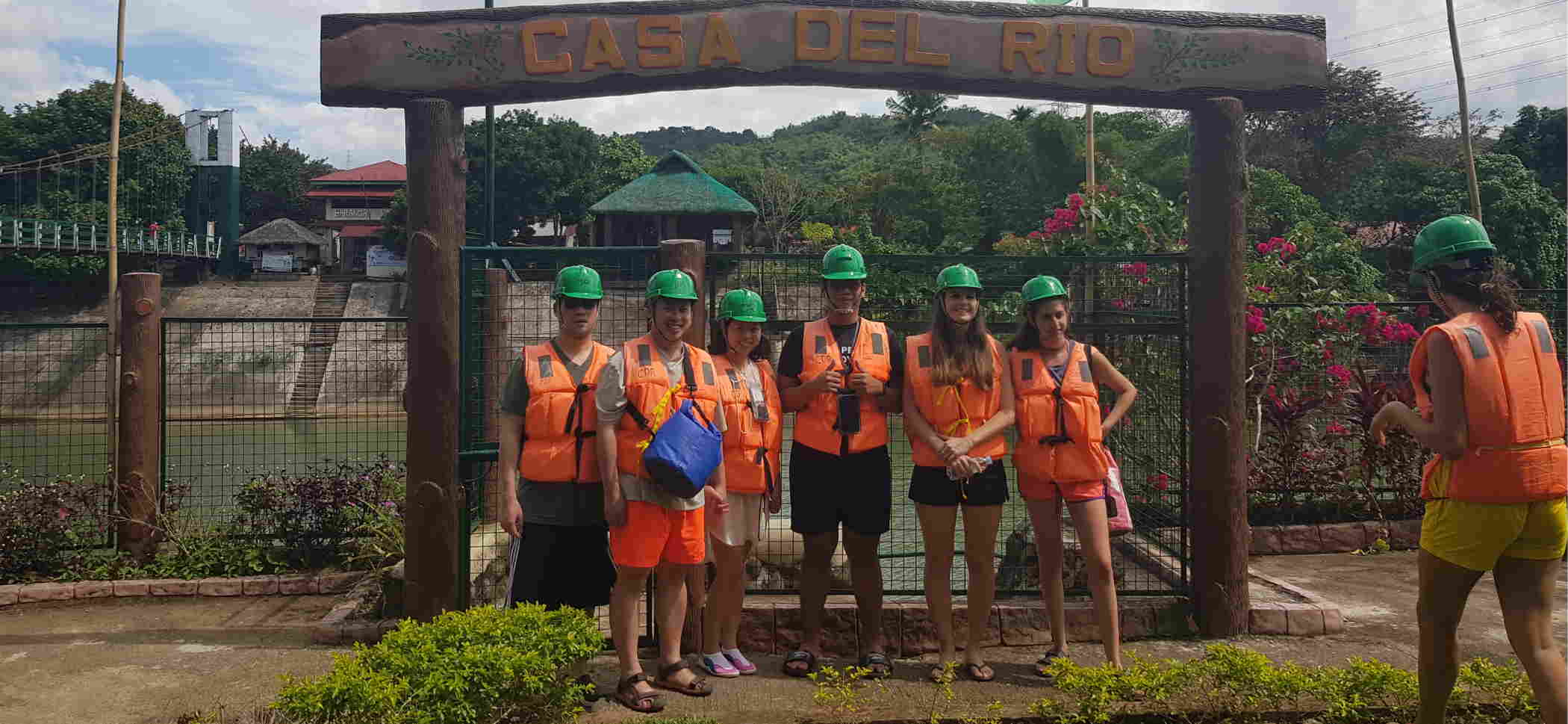
Bring mosquito/bug repellents
As with any tropical country, the Philippines, unfortunately, has mosquitos and other annoying bugs that can ruin your day, especially if you’re visiting rural or remote areas. So if you don’t want to offer a feast to these bloodsuckers during your hike or trek on a beautiful mountainside, it would be in your best interest to bring a bottle of bug repellent so that your memory of the place won’t be focused on you scratching your arms or legs.
Be prepared for delays/cancellations
More than 20 storms or typhoons pass through the Philippines during the rainy season each year, with a few of them possibly becoming tremendously devastating. This means that if you’re going to visit the country during the months of June to October, you should be prepared for airline/ferry cancellations or delays if a tropical storm is nearby. It would also be a good idea to check the official social media pages of relevant weather forecasters so that you can cancel a trip/booking in advance if you think that a storm will go through the area of your tour, allowing you to avoid any late cancellation fees and even get a full refund if you do it early enough.
Plan out your vacation
If you’re not afraid of getting wet or you just like to have a vacation during the rainy seasons, then visiting the Philippines during this time will be the best thing to do since hotels, resorts, and tourist spots not only lower their prices significantly but they also provide promo codes and/or vouchers to entice visitors due to the lack of demand on this time of the year. This is mostly attributed to most locals coming back to work after enjoying their vacation during the summer months. Furthermore, beaches and tourist spots will not be as jam-packed compared to during peak months.
Stay in trustworthy places
It goes without saying that hotels can get fully booked during the rainy season in the Philippines as more experienced travelers, and even the locals, know that it might take all night/day for the rain to stop, especially when it’s been announced in the news that the week will be filled with rainy days. This makes hostels, such as Abraham Manila, an incredibly convenient place to stay during the wet season since not only do they have complete, functional, and clean facilities, they are also trusted and enjoyed by frequent travelers due to their helpful staff, strong Wi-Fi connection, and 24/7 security. Lastly, most hostels are strategically located near transportation hubs or major thoroughfares, easing the traveling worries of their tenants since this means nearly all routes and travel options are available to them.

Abraham Manila

